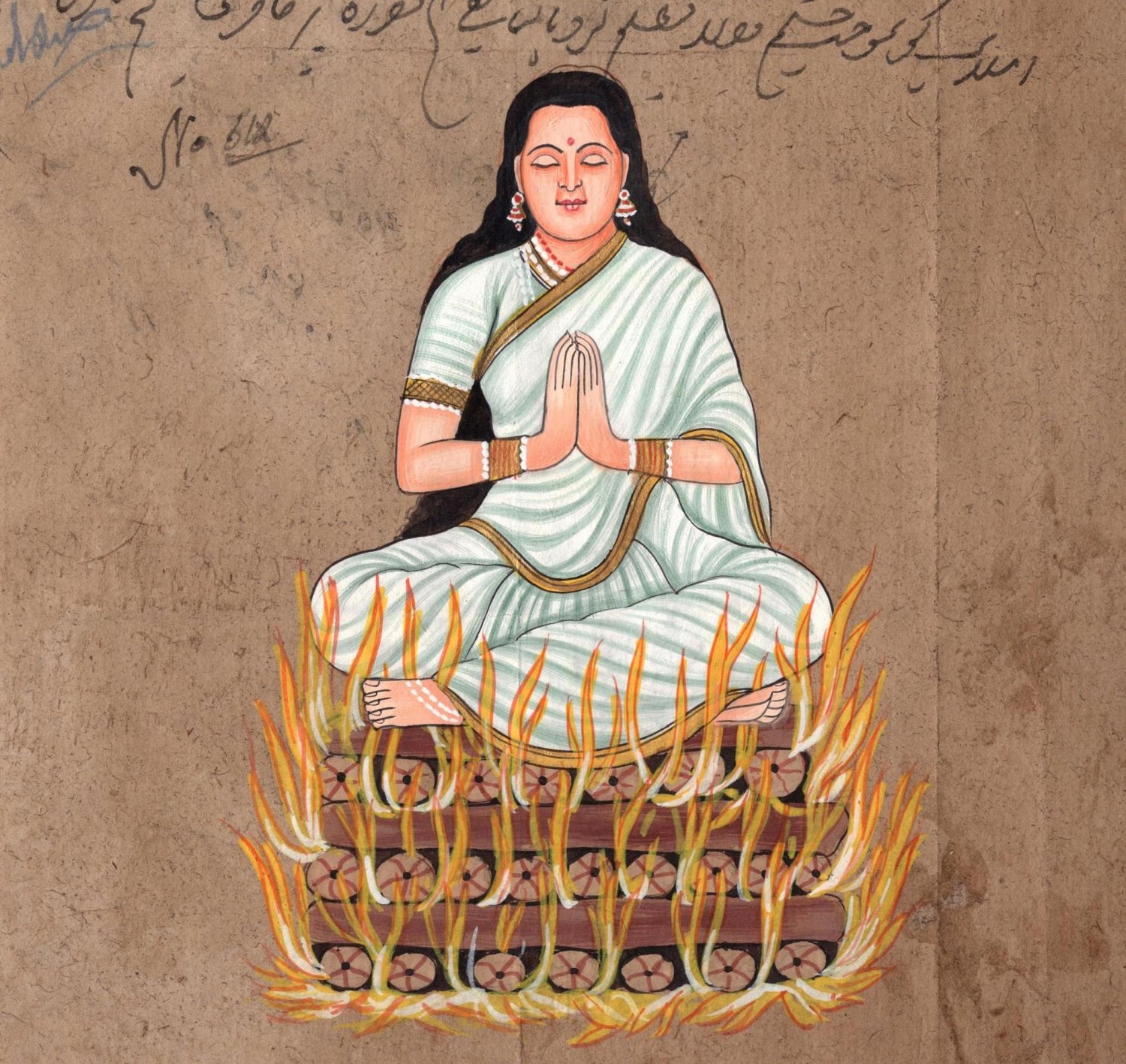

Having been married for twelve years, Dasharatha decides to pass on the throne to Rama, a decision which is positively affirmed by every member of the Kosala assembly and also the subjects. Towards the end of Bala Kanda the brothers Rama, Lakshmana, Bharata and Shatrughna are married to Sita, Urmila, Mandavi and Shrutakirti respectively.Īyodhya Kanda contains the events that lead to his exile the forests for fourteen years. Rama is married to Sita after passing Shiva’s test of lifting and wielding a heavy bow. Sita, is considered to be a magical gift from God, as she was found in a field by the king, Janaka(the King of Mithila). The Bala Kanda also has details of Sita’s origin and how Rama was married to Sita. Rama was only 16 years of age when he vanquished the demons. Lakshmana loyally followed Rama, even in the rest of Ramayana, Lakshmana’s brotherly devotion to Rama is nonpareil. Vishvamitra himself chose Rama to fight the demons when he came to Dasharatha’s court for help. One incident, which is always highlighted even in modern reproductions of Ramayana is the instance when Rama and Lakshmana destroyed the demons that were disturbing Vishwamitra in performing sacrificial rites. In Bala Kanda, there are detailed accounts of the childhood days of Rama and his siblings and how they learn about scriptures and the art of combat and warfare. He thus performs a fire sacrifice, putrakameshti yagya, which results in him being blessed with four children, of which Rama is born to Kausalya, Bharata to Kaikeyi, while Lakshmana and Shatrughna are born to Sumitra. Dasharatha, the King of Ayodhya had three wives, Kausalya, Kautilya and Sumitra. The first book of Ramayana, the Bala Kanda depicts the origin of Lord Rama and his siblings, Lakshmana, Bharata, and Shatrughna. The Great Epic Ramayana is traditionally divided into seven Kandas(books), which are the following :Įach Kanda deals with a particular period of Rama’s life in chronological order. The text has several regional renderings, recensions and subrecensions. The text survives in several thousand partial and complete manuscripts, the oldest of which appears to date from the 11th century A.D. In its extant form, Valmiki’s Ramayana is an epic poem of some 50,000 lines. The characters Rama, Sita, Lakshmana, Bharata, Hanuman and Ravana are all fundamental to the cultural consciousness of India.Īccording to Hindu tradition, the Ramayana takes place during a period of time known as Treta Yuga. Like its epic cousin the Mahābhārata, the Ramayana is not just an ordinary story: it contains the teachings of ancient Hindu sages and presents them in narrative allegory with philosophical and the devotional elements interspersed. The epic was an important influence on later Sanskrit poetry and Indian life and culture, particularly through its establishment of the shloka meter. Verses in the Ramayana are written in a 32-syllable meter called anustubh.

Thematically, the epic explores the tenets of human existence and the concept of dharma. The Ramayana consists of 24,000 verses in seven books (kāndas) and 500 cantos (sargas),and tells the story of Rama (an incarnation of the Hindu preserver-God Vishnu), whose wife Sita is abducted by the demon king of Lanka, Ravana. The name Ramayana is a tatpurusha compound of Rāma and ayana (“going, advancing”), translating to “Rama’s Journey”. It depicts the duties of relationships, portraying ideal characters like the ideal servant, the ideal brother, the ideal wife and the ideal king. The Ramayana is one of the two great epics of India, the other being the Mahabharata. It is ascribed to the Hindu sage Valmiki and forms an important part of the Hindu canon. However, Ramayana is not only a kavya, it’s also considered to be a mahakavya(ancient heroic epic poem). The Ramayana (Sanskrit: रामायण, Rāmāyana,) belongs to the broad classification of Sanskrit Literature known as kavya(poetry).


 0 kommentar(er)
0 kommentar(er)
